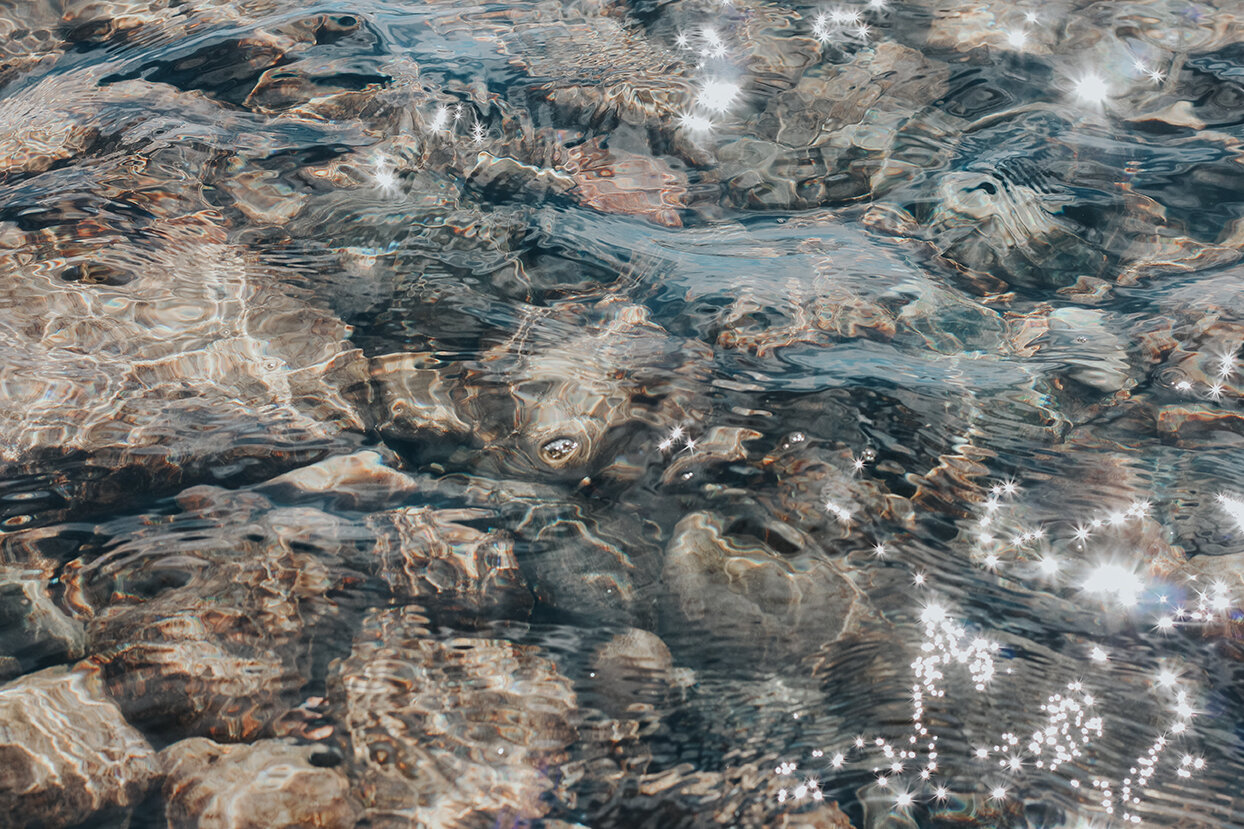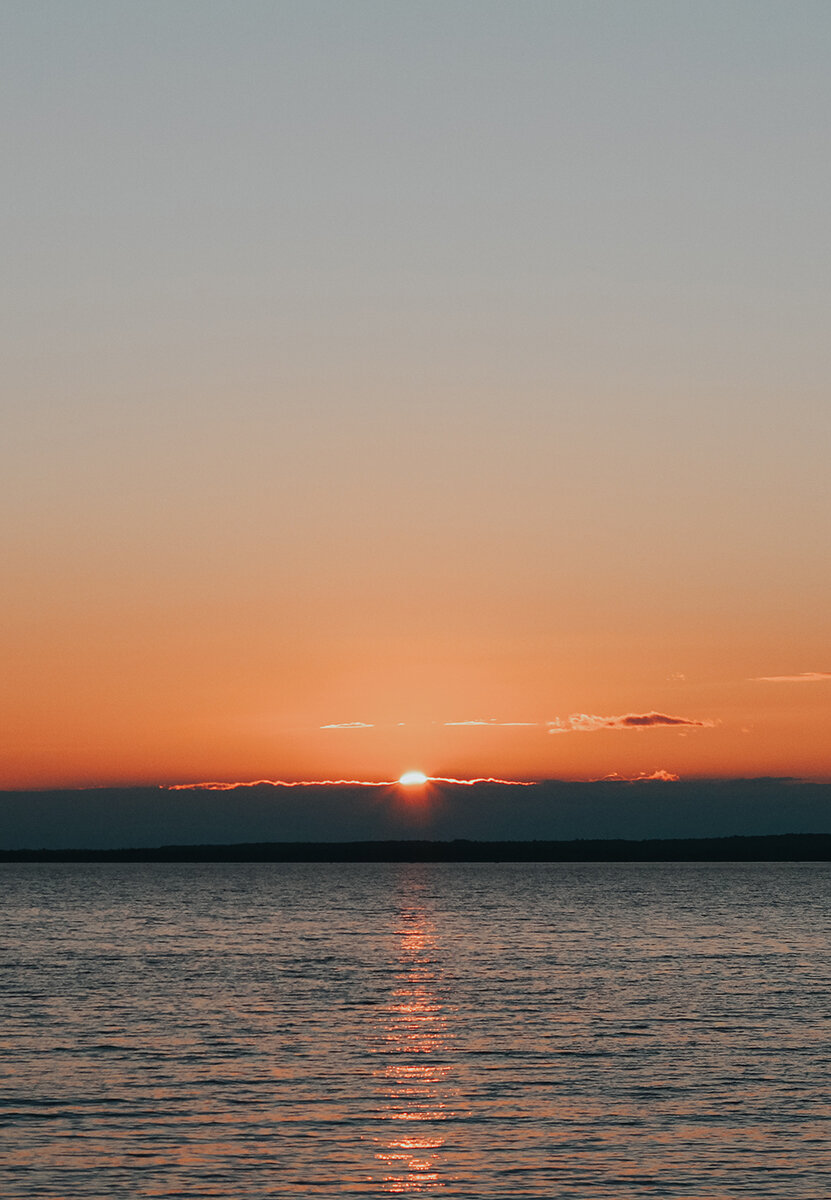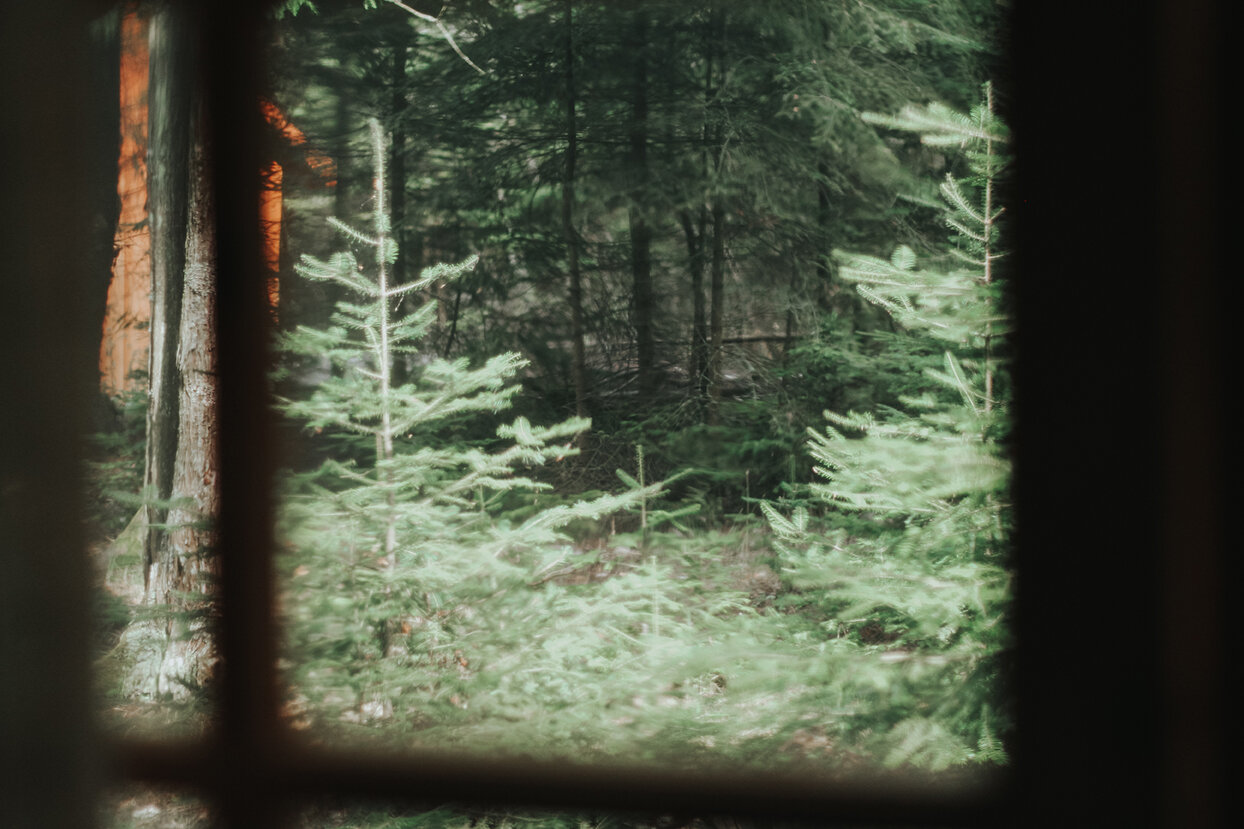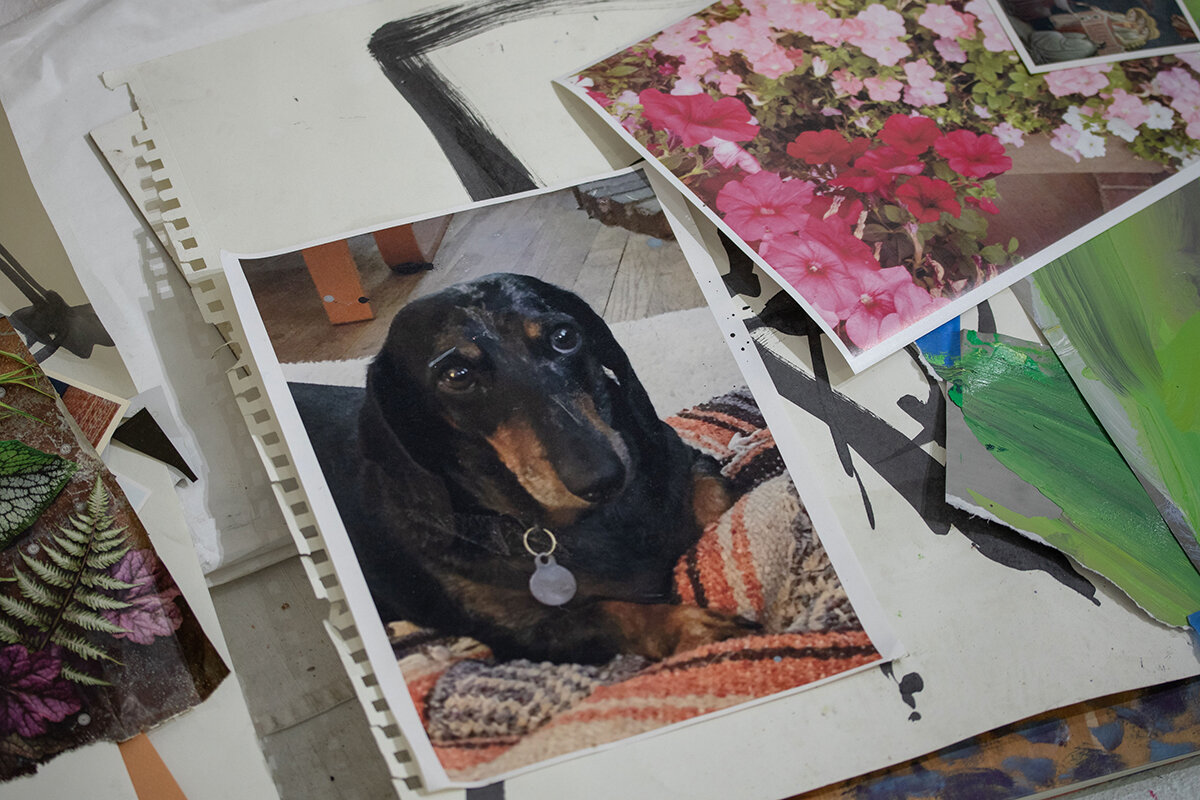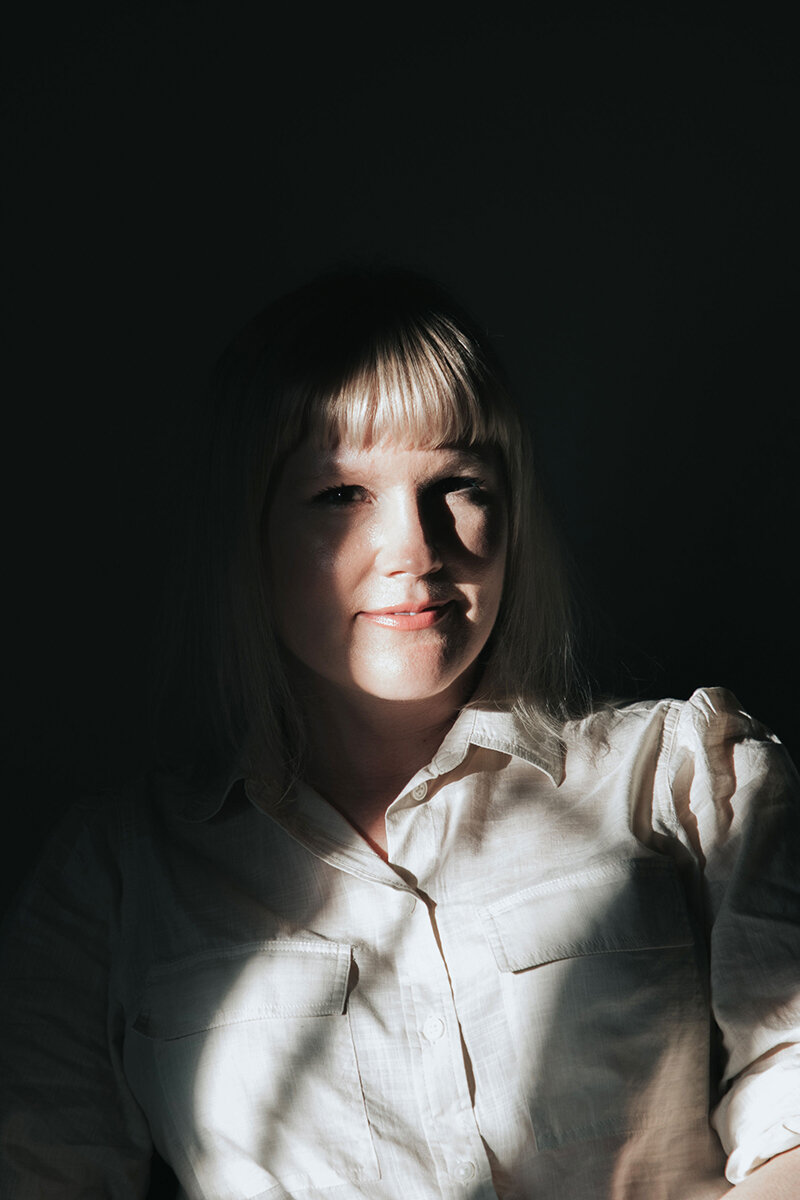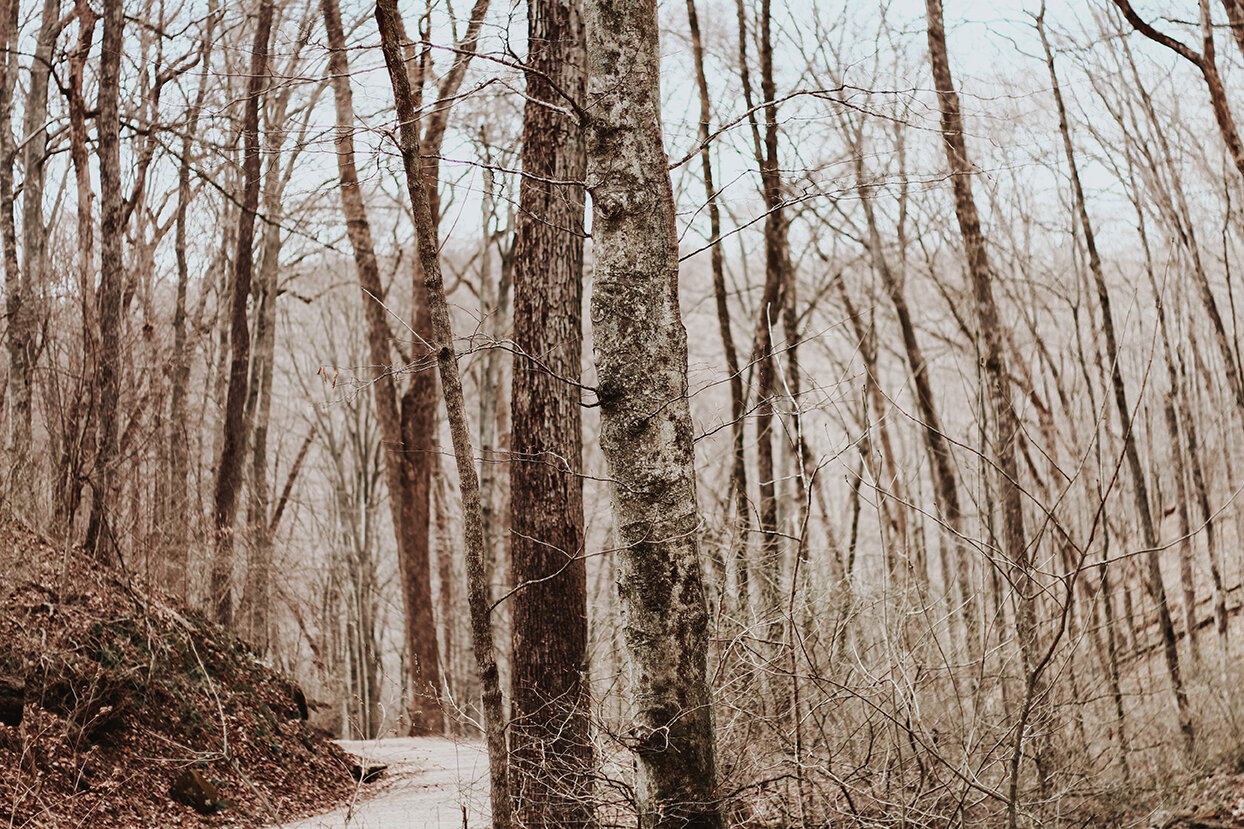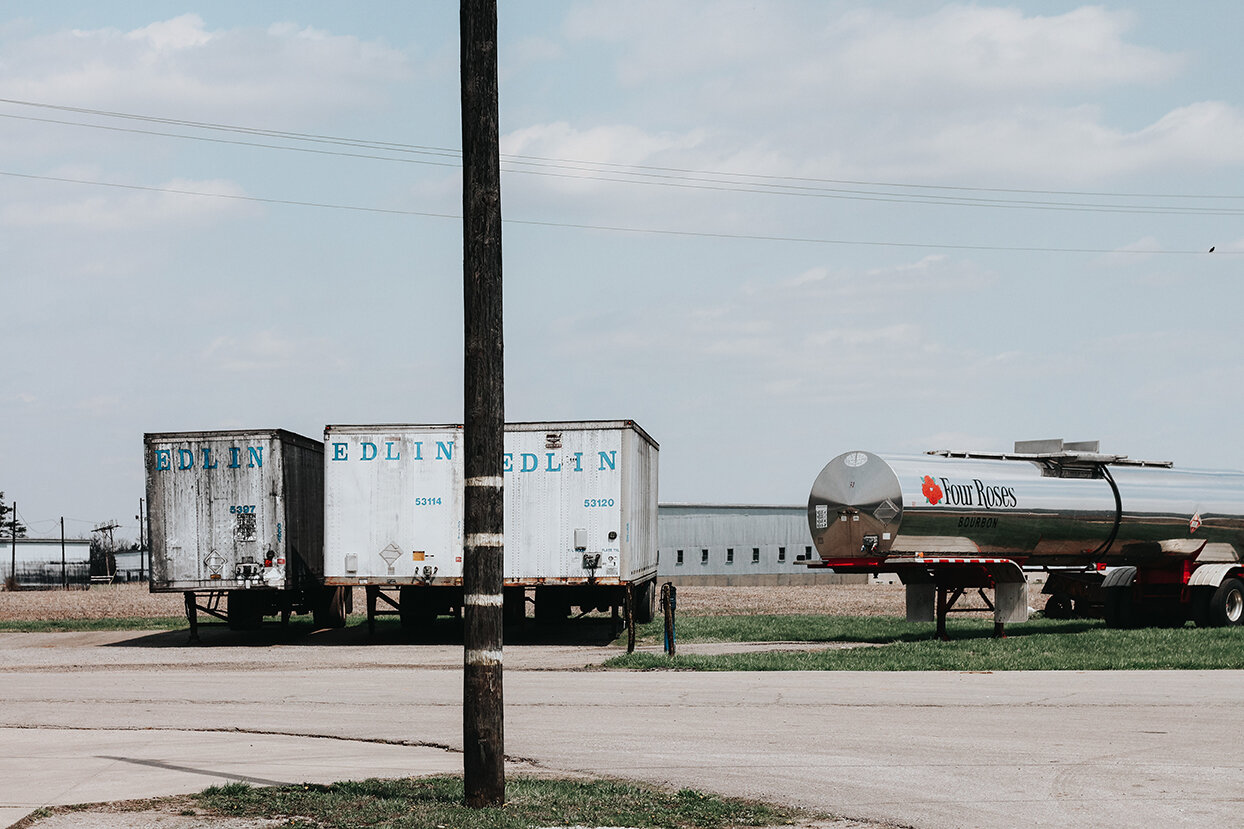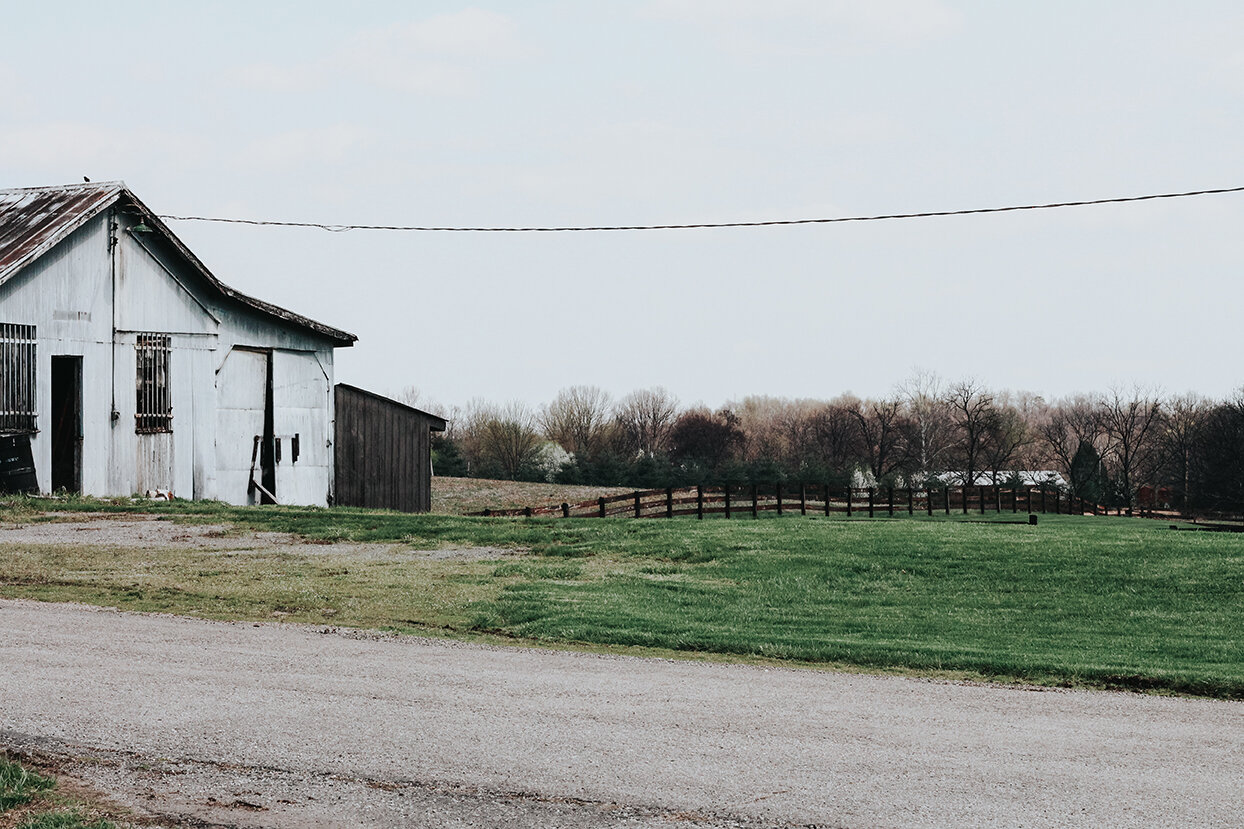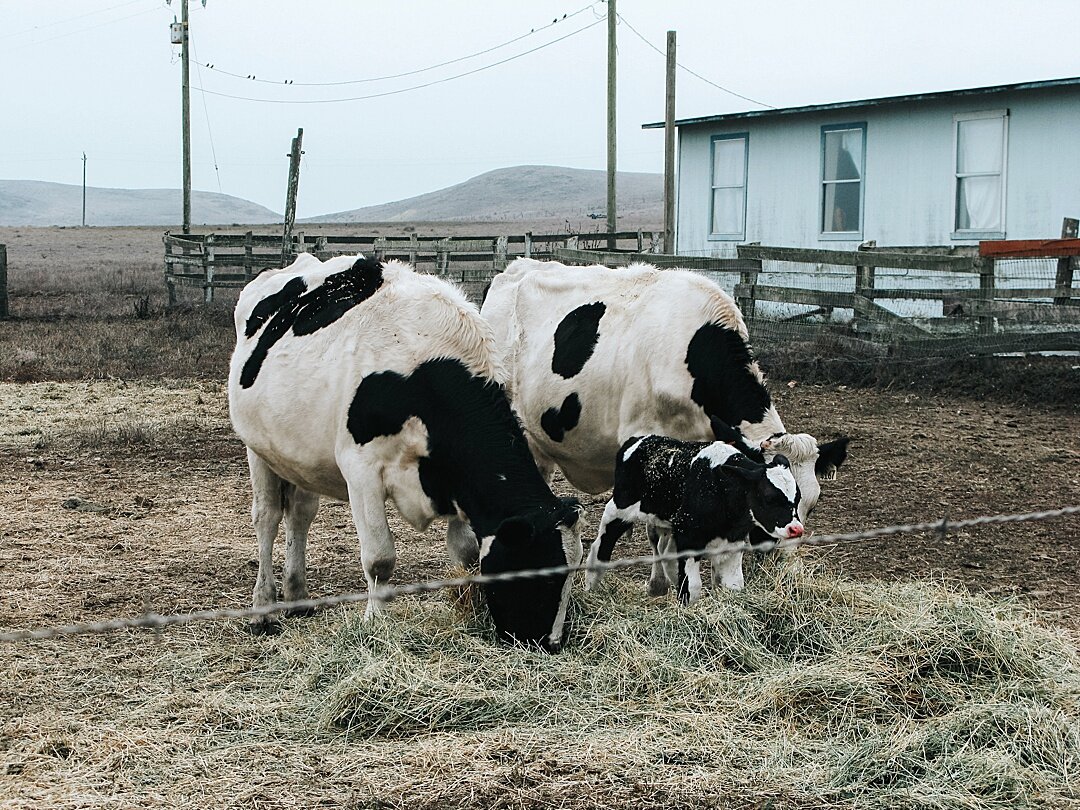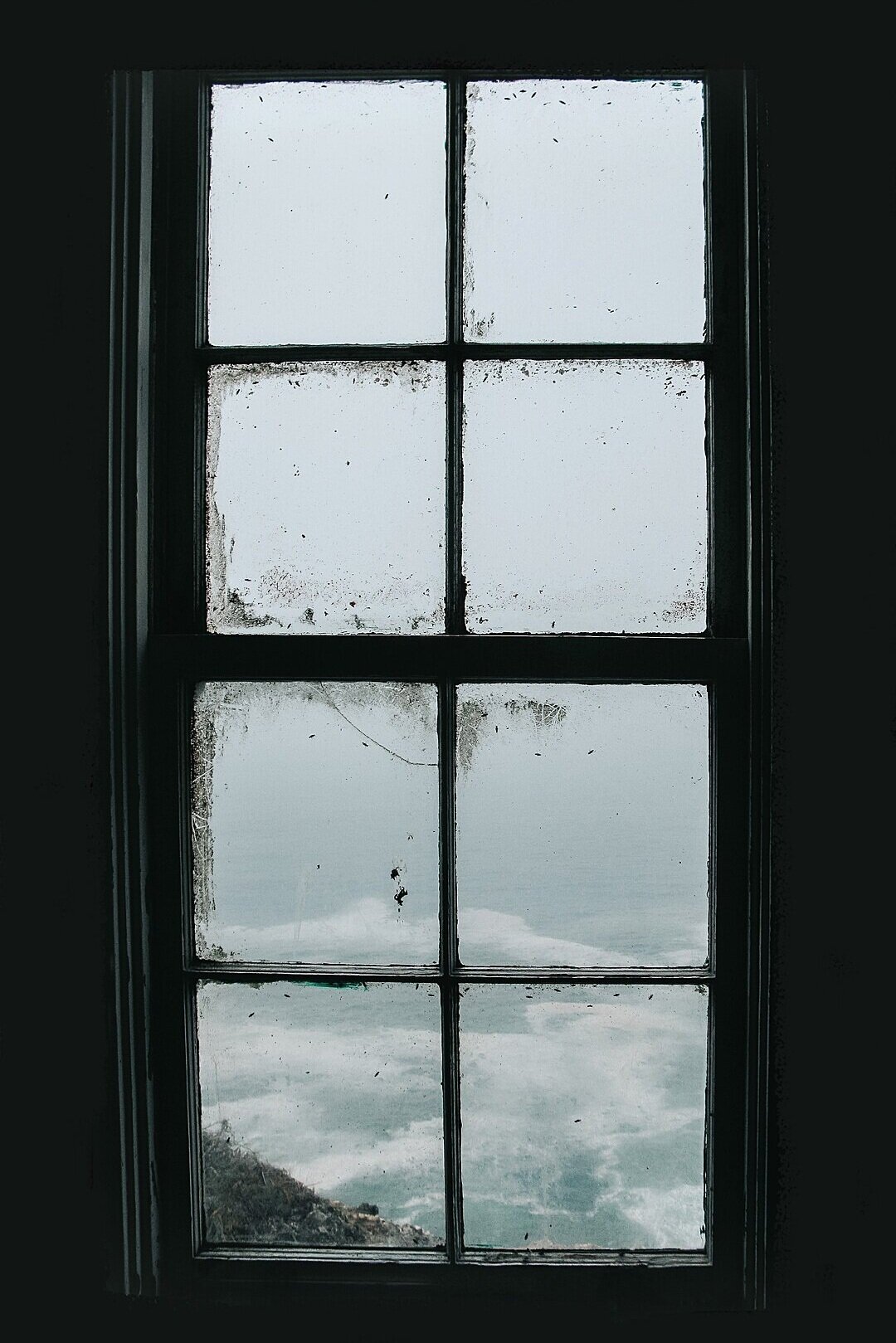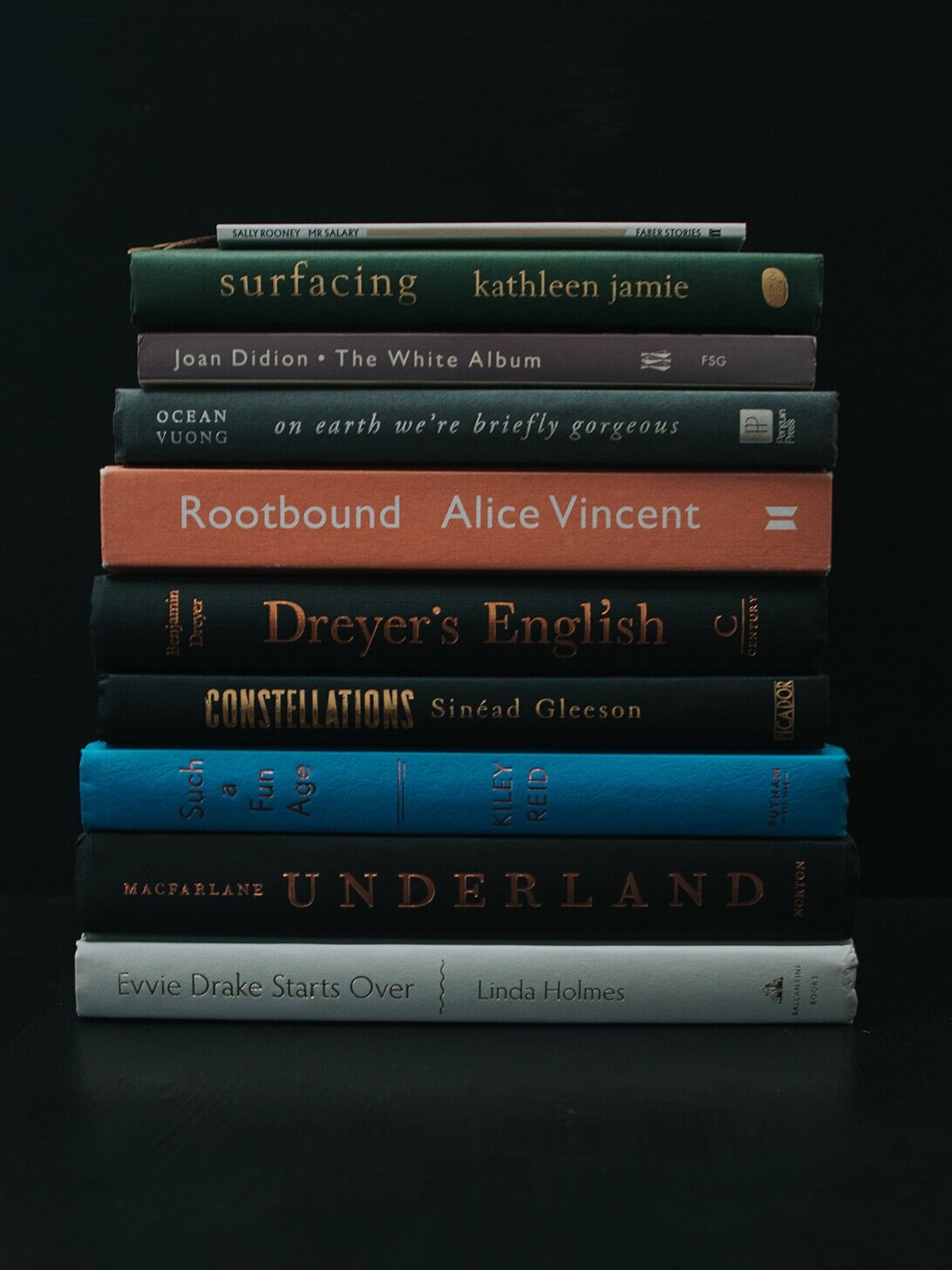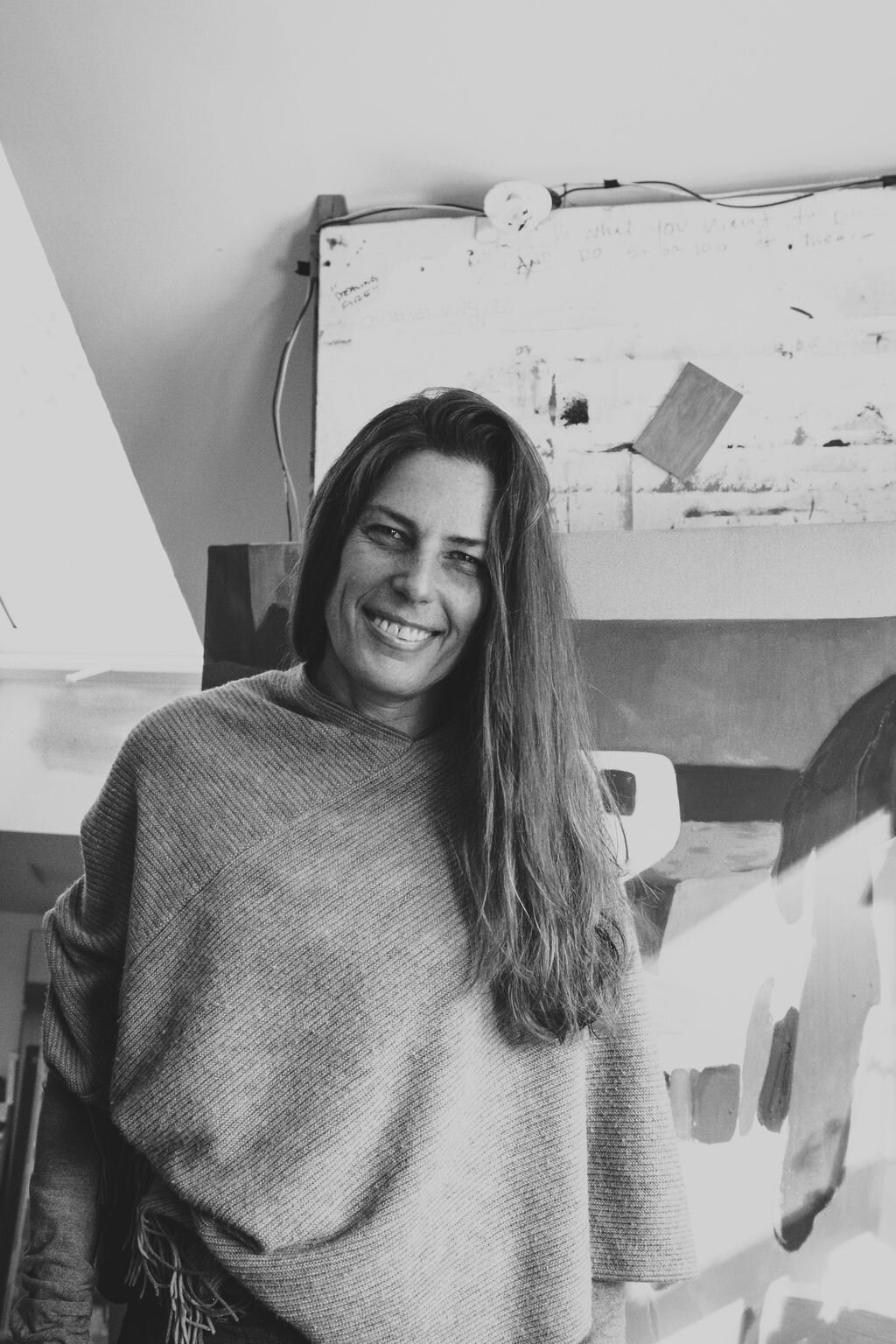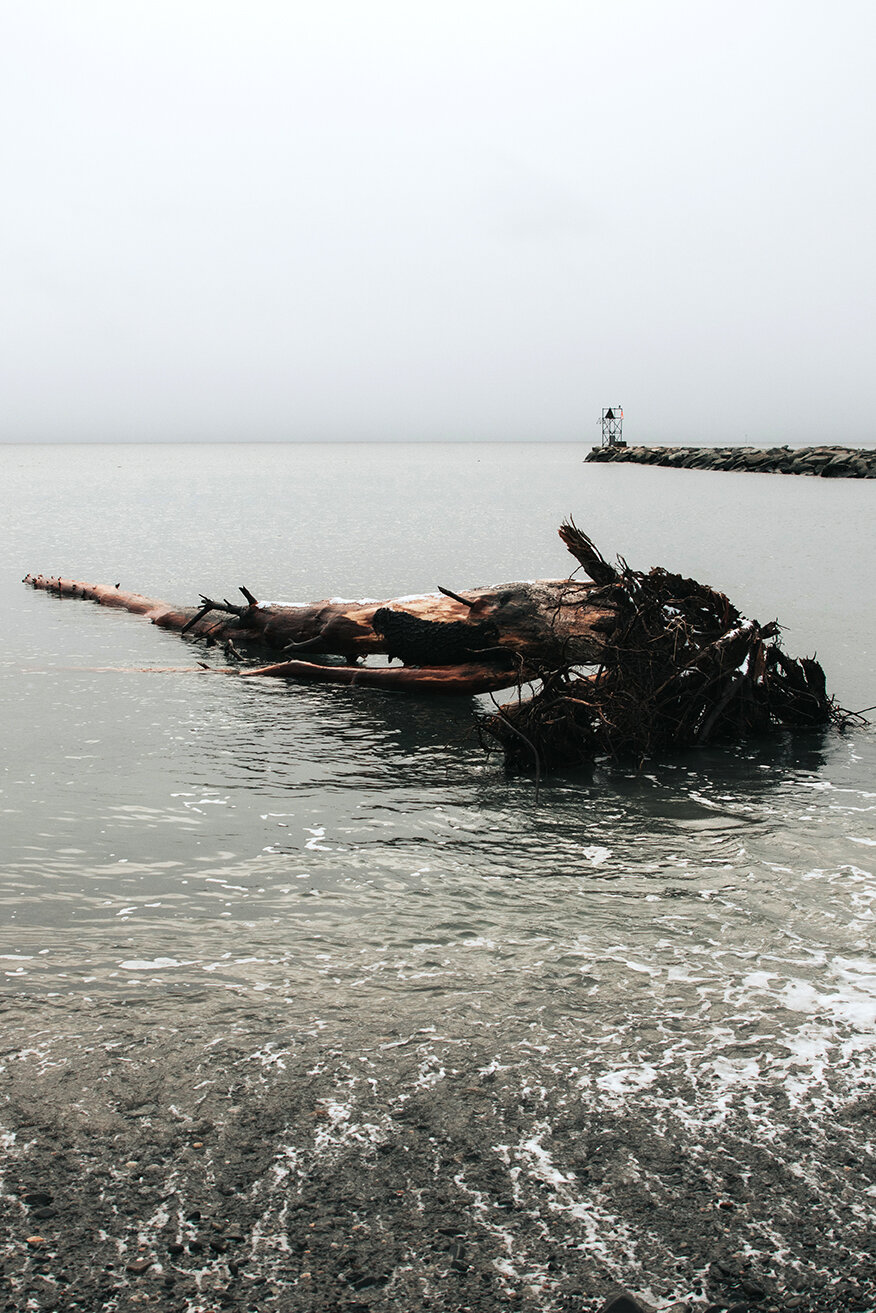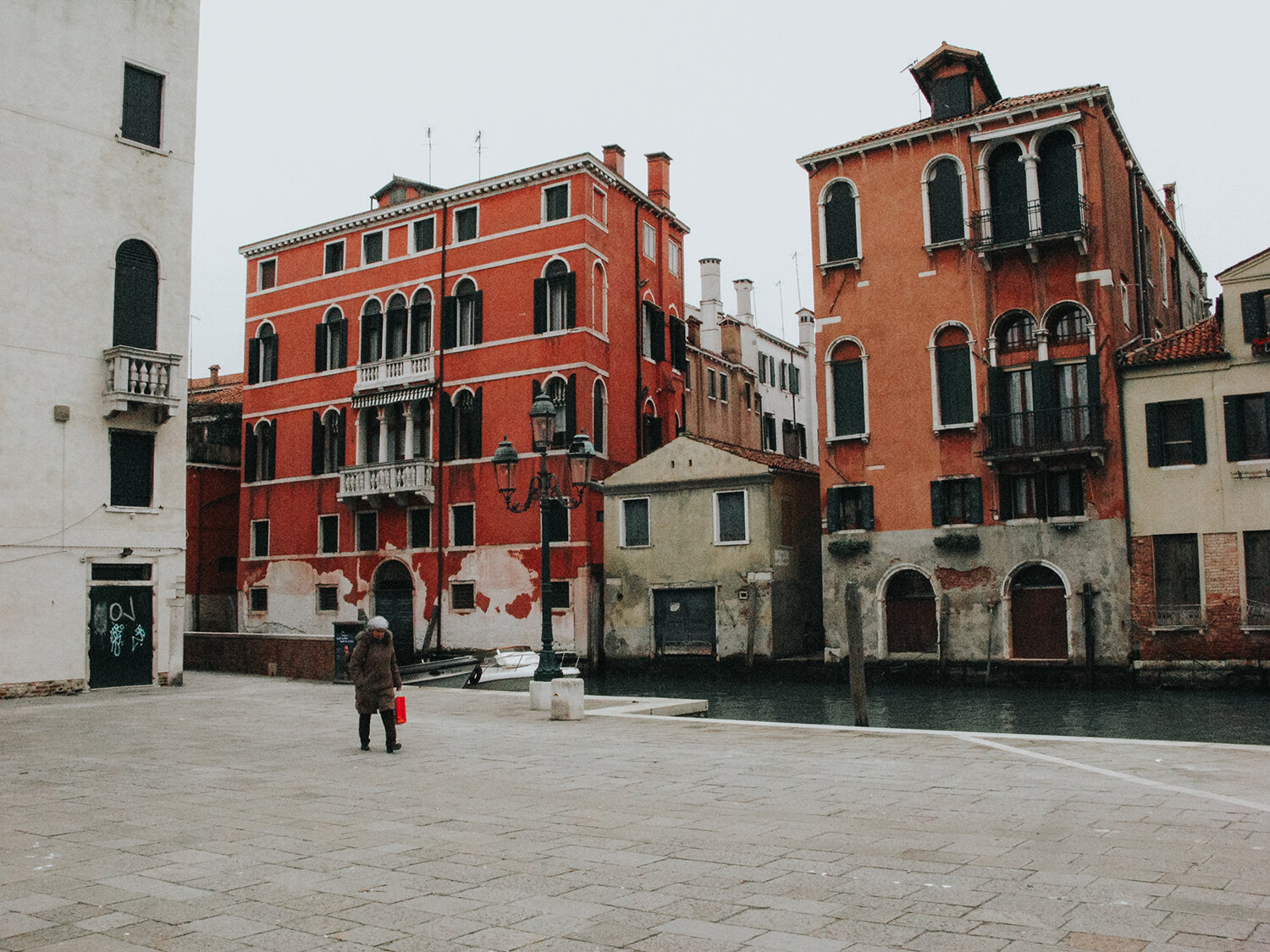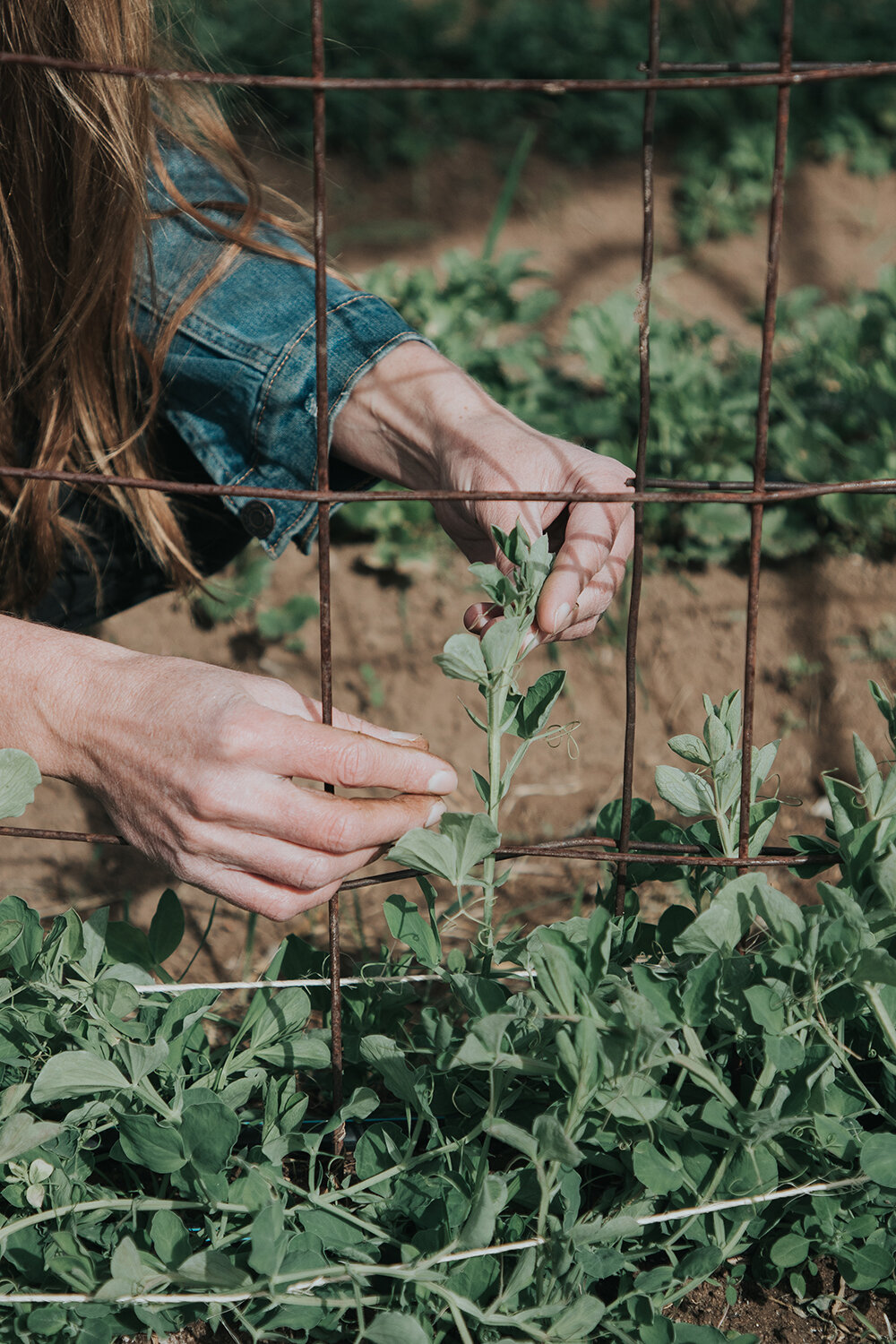The Starless Sea by Erin Morgenstern - A dark and twisty fantasy novel filled with books and keys and mystery. What’s not to love?
Our Stop by Laura Jane Williams - An entertaining and quick read about missed connections on the train. I of course loved this, because my favorite thing to do with my college roommates was read the Chicago Reader’s Missed Connections. We read them religiously. Sadly no romances arose from this.
The Undying by Anne Boyer - I started this at the end of 2019, and finished it in January. Technically, I included this on last year’s post, but I don’t care. I’m including it here because I don’t mind repeating myself. It’s such a beautiful and heartbreaking book.
Constellations by Sinéad Gleeson - An amazing collection of essays on the body, pain, music, love, and growing up in Ireland.
Such a fun age by Kiley Reid - Read this cover to cover on my flight home from Maine in January. I was completely hooked and loved every minute of this. You will not want to put it down.
Mr. Salary by Sally Rooney - A story you can carry in your pocket! As a fan of tiny books, I was pleased to find this edition of Sally Rooney’s short story.
Dreyer’s English by Benjamin Dreyer - The most entertaining style guide I’ve ever read. Sonia can attest to the fact that I often laughed out loud while reading the parenthetical commentary.
Surfacing by Kathleen Jamie - Kathleen Jamie is one of my favorite writers. Go read her nature writing! She is a Scottish poet and writes beautifully about our worlds.
On Earth We’re Briefly Gorgeous by Ocean Vuong - So amazing. So beautiful. So heartbreaking. Poet Ocean Vuong’s first novel reads like one long stunning poem. I loved every bit of reading this book.
Rootbound by Alice Vincent - I’ve been following Alice Vincent on instagram (her handle is @noughticulture ) where she shares photos and stories about her balcony garden in London. Her memoir chronicles botanical history alongside her own forays into gardening.
White Album by Joan Didion - Joan Didion chronicles life in California in the Sixties and Seventies with an edge of anxiety that feels eerily relevant today.
Evvie Drake Starts Over by Linda Holmes - Straight up read this because it’s set in Maine, and I won’t be able to get back there for a while, so I’ll take all the nostalgia I can get. It’s a small town drama with some romance thrown in. Very good for taking my mind of current events.
Underland by Robert Macfarlane - A beautifully written exploration of the underworlds, from myths, to historical events, to the author’s own caving adventures in the Catacombs, Greenland, Italy, and beyond.


































